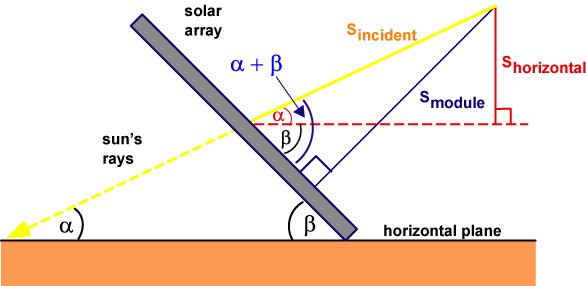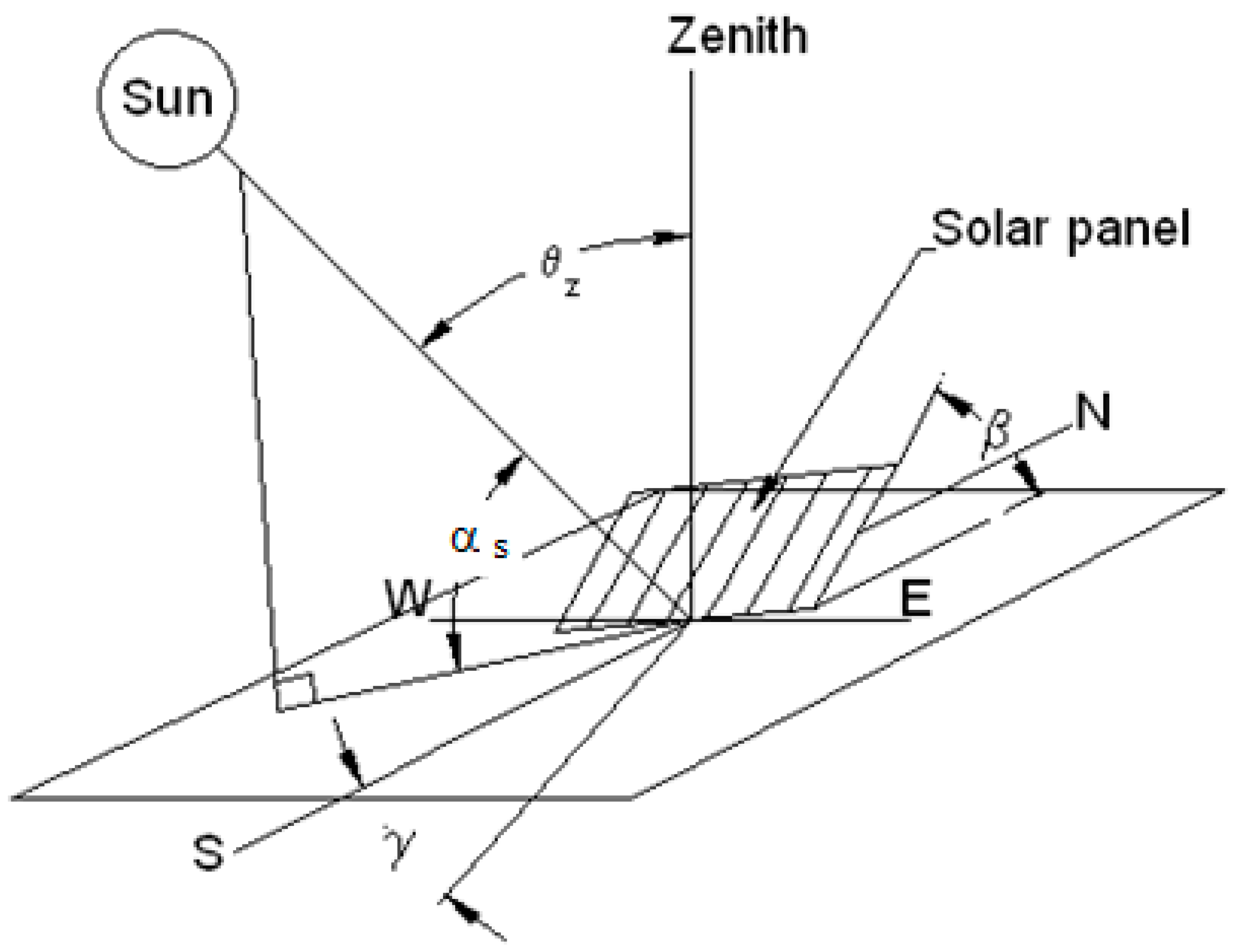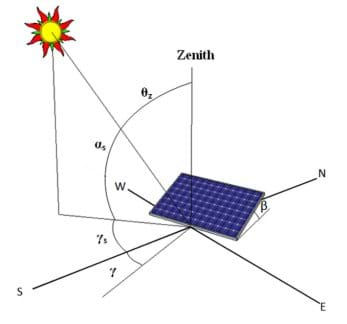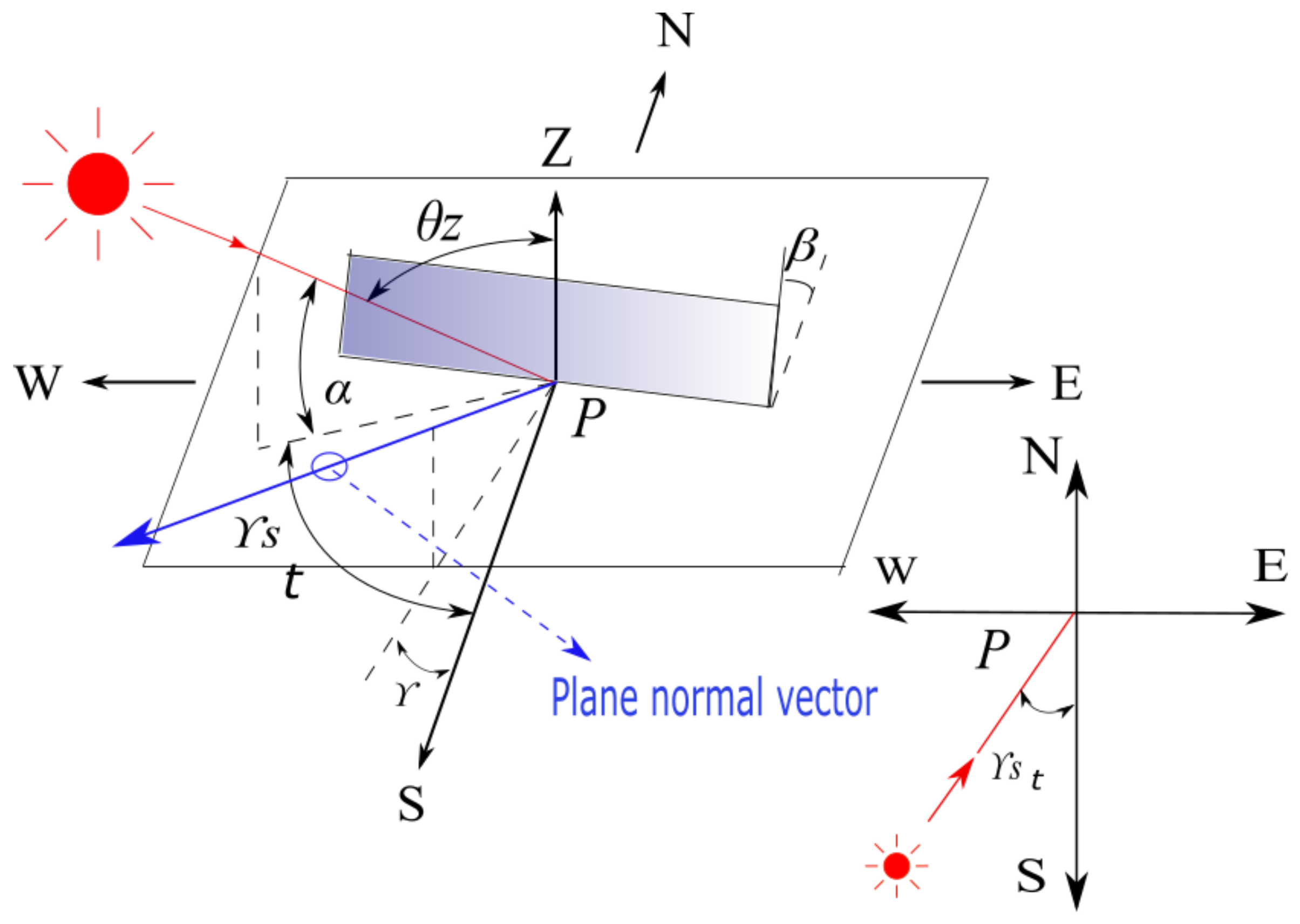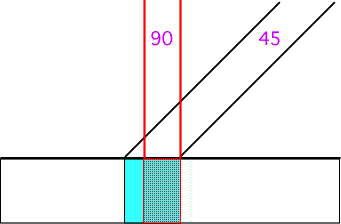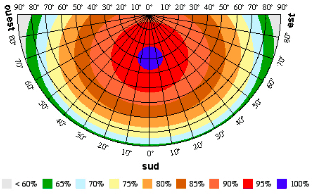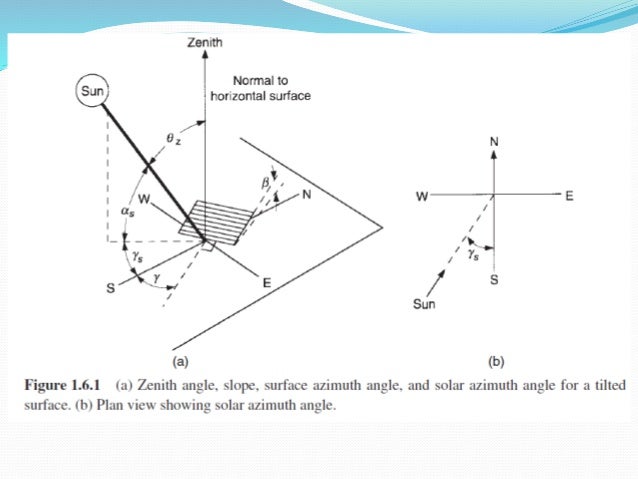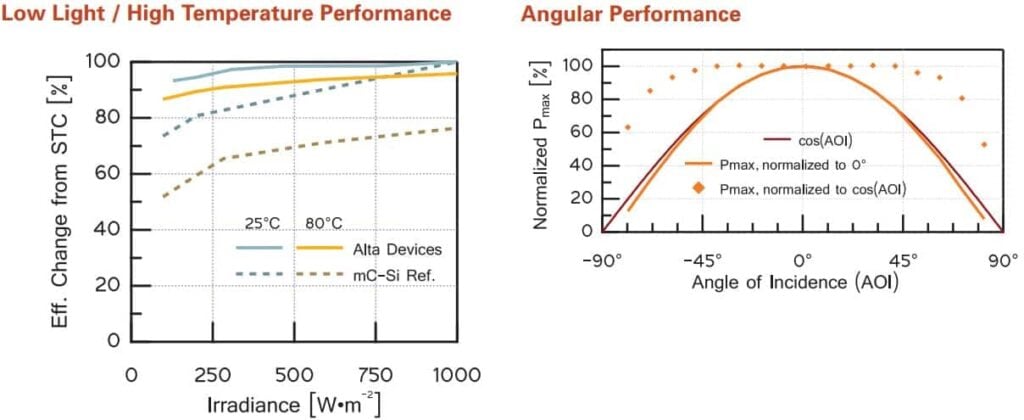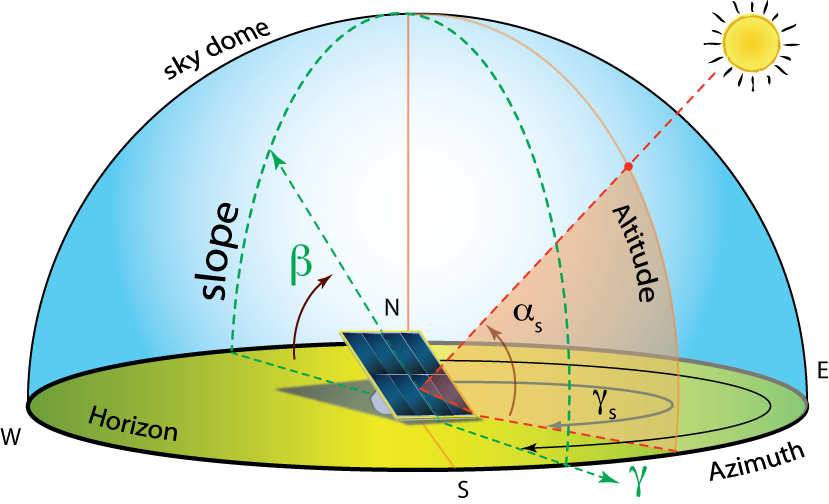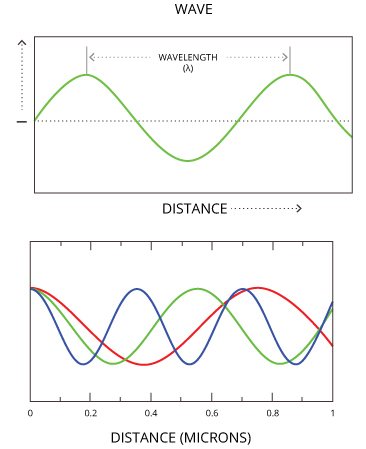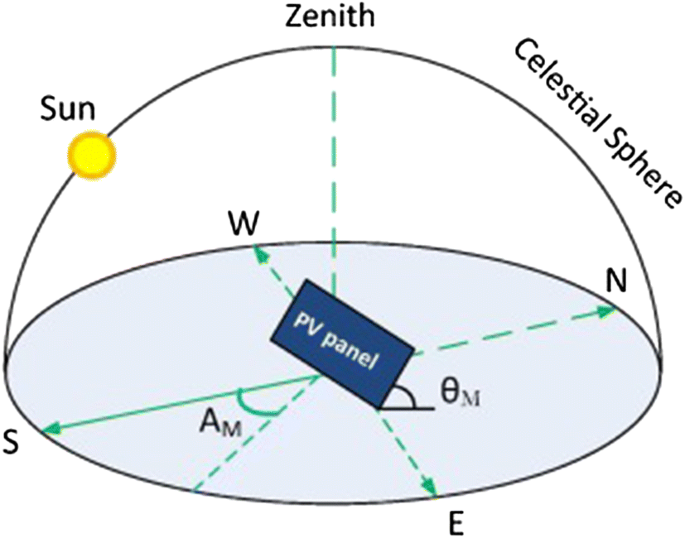Angle Of Incidence Solar Panel Specs

A solar cell is a silicon wafer that is usually 125mm x 125mm or 156mm x 156mm in size.
Angle of incidence solar panel specs. Orientation of the panels. A solar panel or solar module is commonly made up of 60 72 or 96 solar cells wired together. While the angle of your solar panels is important a more important factor in your energy production is going to be the direction your panels face. They have too high of a voltage to charge a 12v battery bank with a traditional charge controller but too low of a voltage to charge a 24v.
Grid tie solar panels with 60 cells are often referred to as 20v nominal panels like the solarworld sunmodule 290w solar panel. A flat roof has a 0 degree tilt and a vertical wall mount has a 90 degree tilt angle. This is because the sun is always in the southern half of the sky in the northern hemisphere. This angle is also called the zenith angle dz.
Solar panels have been designed to give a relatively flat voltage output within a certain span in this case 0 45 0 solar panel perpendicular with solar rays. The final graph shows that beyond a 45 angle of incidence the tested solar panels will not provide a reliable voltage. For the best results solar panels should be oriented towards the south. It starts to get tricky when you move away from battery based solar systems and the 12v increments are no longer necessary.
The solar angle of incidence 0hor on a horizontal surface is a direct function of the sun height ys. The array s tilt is the angle in degrees from horizontal. The surface azimuth angle at describes the deviation from the south.




